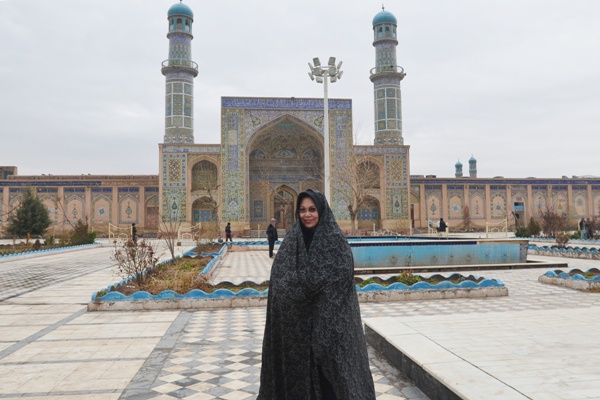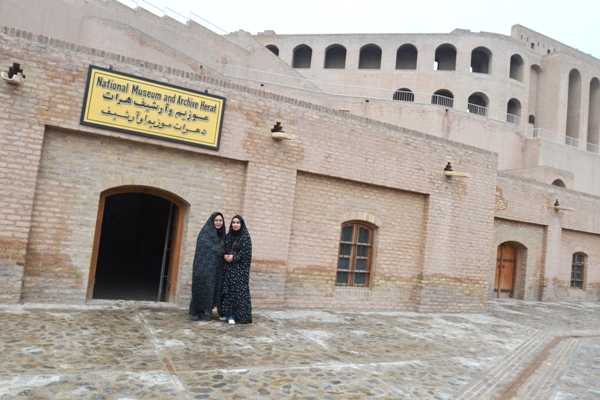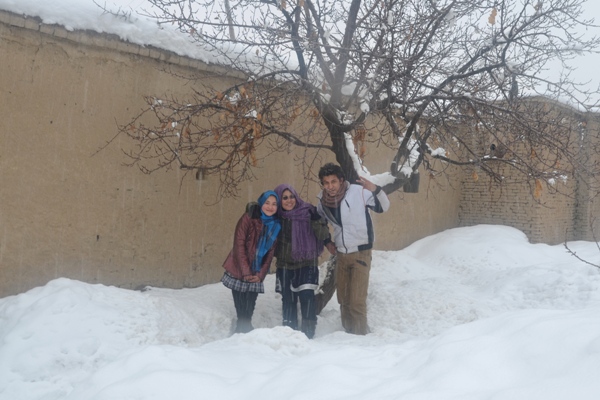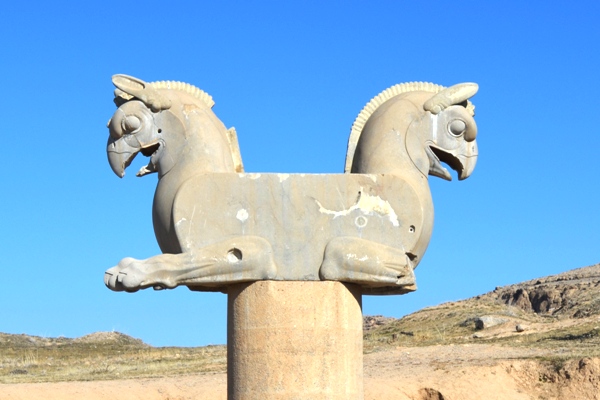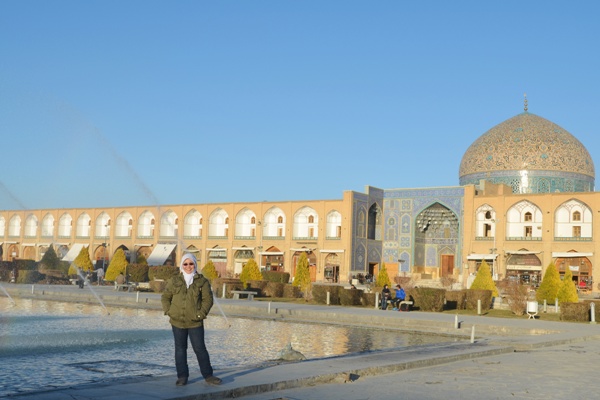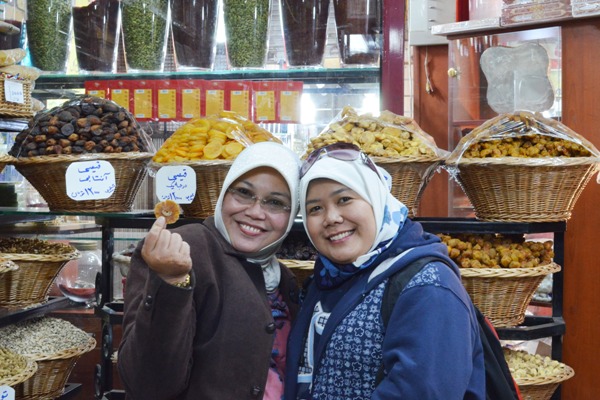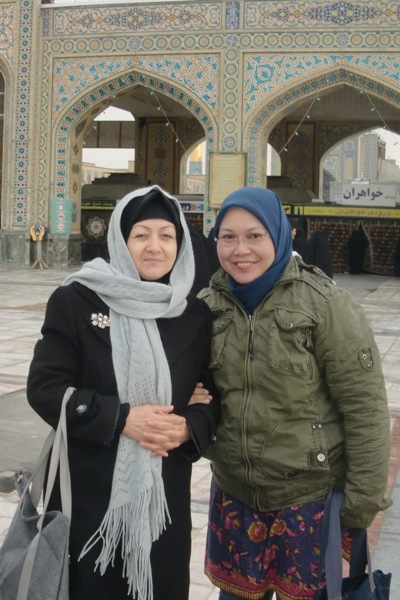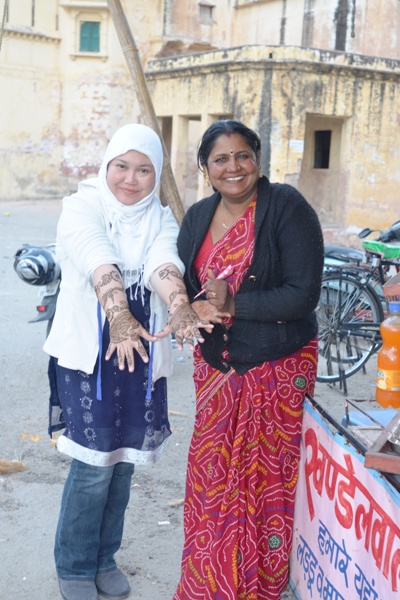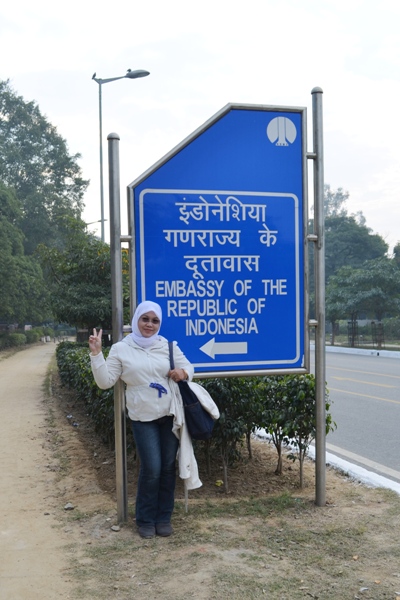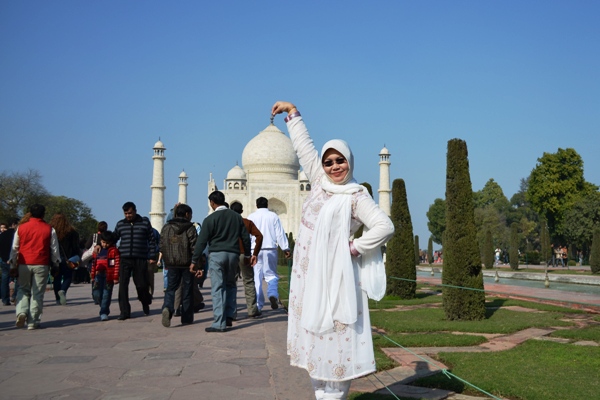The Philippines is a country which consists of seven thousand islands with long and colorful history. Orang bilang, tak kenal maka tak sayang…supaya saya lebih sayang dengan Filipina sebelum berkunjung ke sana, maka saya mencoba mengenal lebih jauh sedikit mengenai negara tetangga ini.
BEFORE ISLAM
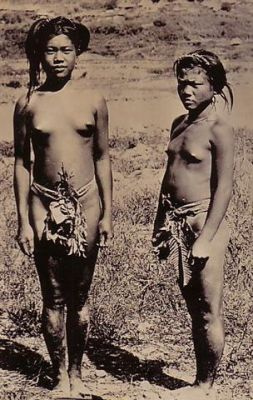 Pics taken from http://baliktanaw.wordpress.com/.
Pics taken from http://baliktanaw.wordpress.com/.
About 25,000 B.C. then the ancestors of the Philippines’ aboriginal inhabitants—the Negritos or Aeta—come from the Asian mainland, crossing shallow seas and land bridges. Archaeological evidence suggests that the Philippines may have been inhabited many thousands of years before then, but that can’t be stated with certainty. The oldest human fossil found so far was 22,000 years old.).
About 3000 B.C., new inhabitants come from Indonesia. This was repeated around 1000 B.C.
About 200 B.C., the first of several waves of Malayan settlers arrived from South China.
The 10th century was end of prehistoric Philippines. Laguna Copperplate Inscription, the earliest known Philippine document, is written in the Manila area in Kawi script. This century was marked by the rise of Indianized Kingdom of Tondo around Manila Bay.
Kingdom of Tondo Tondo, (also referred to as Tundo, Tundun, Tundok, Lusung) was a fortified kingdom which was located in the Manila Bay area, specifically north of the Pasig River, on Luzon island. It is one of the settlements mentioned by the Philippines’ earliest historical record, the Laguna Copperplate Inscription. Tondo’s regional prominence further culminated during the period of its associated trade and alliance with Brunei’s Sultan Bolkiah. When the Spanish first arrived in Tondo in 1570 and defeated the local rulers in the Manila Bay area in 1591, Tondo came under the administration of Manila (a Spanish fort built on the remains of Kota Seludong), ending its existence as an independent state. This subjugated Tondo continues to exist today as a district of the city of Manila.
In 11th century, people from Central Vietnam called Orang Dampuan establish trade zones in Sulu. Later Song Shih document records tributary delegation from the Buddhist Kingdom of Butuan, an ancient Indianized kingdom in pre-colonial southern Philippines centered on the present Mindanao island city of Butuan. It was known for its mining of gold, its gold products and its extensive trade network across the Nusantara area. The kingdom had trading relationships with the ancient civilizations of Japan, China, India, Indonesia, Persia, Cambodia and areas now comprised in Thailand. Butuan is considered to have been a major trading port in the Caraga region during the pre-colonial era.
In 12th century, Kingdom of Namayan (also called the Kingdom of Sapa, Maysapan or Nasapan, and sometimes Lamayan – both references to its capital) reached its peak. It was one of three major kingdoms that dominated the banks of the Pasig River and the coast of Laguna de Bay in the Philippines prior to the Spanish conquest in the 16th century. Namayan is said to be the oldest of the three kingdoms, predating the kingdoms of Tondo and Maynila. Formed by a confederation of barangays, it is said to have achieved its peak in 1175.
PERIOD OF ISLAMIC KINGDOMS
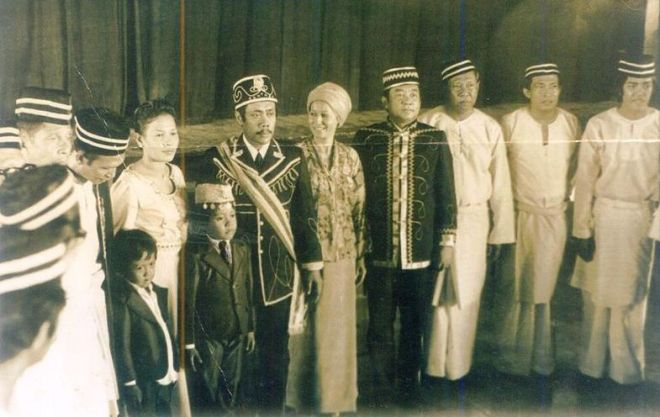 Pics taken from http://correosfilipinas.tumblr.com/.
Pics taken from http://correosfilipinas.tumblr.com/.
Starting from 13th century, Islam was introduced to Phillipine. First in 1240, Tuan Masha’ika arrived at Sulu. Later in 1380, Karim Al-Makhdum arrived in Jolo and built a mosque known as Sheik Karimal Makdum Mosque (the oldest mosque in the country).
Since then, extensive trade is being conducted with India, Indonesia, China, and Japan. Arab traders from Indonesia continued introducing Islam to the Filipinos.
In 15th century, Sultanate of Sulu founded by Sharif Al-Hashim. It was an Islamic state that ruled over many of the islands of the Sulu Sea, in the southern Philippines and certain portions of present-day Sabah (then North Borneo) specifically “north-west coast and extending along the whole east coast as far as the Sibuco River in the south and comprising amongst others the States of Paitan, Sugut, Bangaya, Labuk, Sandakan, Kina Batangan, Mumiang, and all the other territories and states to the southward thereof bordering on Darvel Bay and as far as the Sibuco river with all the islands within three marine leagues of the coast.”
The 16th century was marked by the rise of Kingdom of Maynila (or Kota Seludong), one of three major city-states that dominated the area by the lower reaches and mouth of the Pasig River. It was the site of present-day Manila, the capital of the Republic of The Philippines.
During the reign of Sultan Bolkiah (1485–1521) the Kingdom of Brunei decided to break the Kingdom of Tondo’s monopoly in the Chinese trade by attacking Tondo and establishing the city-state of Seludong as a Bruneian satellite. This is narrated through Tausug and Malay royal histories, where the names Seludong, Saludong or Selurong are used to denote Manila prior to colonization.
In the mid-16th century, the areas of present-day Manila were sultanates and they were governed by Muslim rajahs. Rajah Matanda (whose real name was recorded by the Legaspi expedition as Ache) and his nephew, Rajah Sulayman (“Rajah Mura” or “Rajah Muda”, a Sanskrit title for a Prince), ruled the Muslim communities south of the Pasig River, including the Kingdom of Maynila, while Rajah Lakandula ruled the Kingdom of Tondo north of the river. These settlements held ties with the sultanates of Brunei, Sulu, and Ternate, Indonesia (not to be confused with Ternate in present-day Cavite).
SPANIARD COLONIZATION
 Pics taken from http://kapisanan.wordpress.com/2008/06/17/post-independence-day/.
Pics taken from http://kapisanan.wordpress.com/2008/06/17/post-independence-day/.
We can read that people in The Philippines got long history of civilization for centuries, but somehow it was existed in western history only after Ferdinand Magellan “discovered” the islands when he landed on Homonhon with his three small ships. He named this “discovered land” as “Archipelago of San Lazaro” (because he arrived at March 16, 1521 – the feast day of Saint Lazarus). Two weeks later he sealed friendship through a blood compact with Rajah Kulambo of Limasawa. On March 31, 1521, an Easter Sunday, Magellan ordered a mass to be celebrated which was officiated by Friar Pedro Valderrama, the Andalusion chaplain of the fleet, the only priest then. The other priest, the French Bernard Calmette (Bernardo Calmeta) had been marooned at Patagonia with Juan de Cartagena for being implicated in the mutiny at San Julian. Conducted near the shores of the island, the Holy First Mass marked the birth of Roman Catholicism in the Philippines.
On April 23, 1521 Ferdinand Magellan landed in Cebu. He was welcomed by Rajah Humabon, who, together with his wife and about 800 natives, were baptized by the Spaniards on April 14, 1521 and considered to be the first Filipino Catholics. Magellan, however, failed to successfully claim the Philippines for the crown of Spain, having been slain in neighboring Mactan Island on April 27, 1521.
In 1542, Spanish expedition commandeered by Ruy Lopez de Villalobos claims the islands for Spain; names them “Philippines” after Prince Philip, later King Philip II of Spain; the Philippines becomes part of Spanish Empire.
Spain become the motherland while the Philippines became a colony. A bittersweet relationship between two countries had lead to the centralization and civilization of the Philippines.
In 1570 a Spanish expedition ordered by the conquistador Miguel López de Legazpi demanded the conquest of Manila. His second on command, Martín de Goiti departed from Cebu and arrived in Manila. The Muslim Tagalogs welcomed the foreigners, but Goiti had other plans. The Spanish force of 300 soldiers marched through Manila and a battle was fought with the heavily armed Spaniards quickly defeating and crushing the native settlements to the ground. Legazpi and his men followed the next year and made a peace pact with the three rajahs and organized a city council consisting of two mayors, 12 councilors, and a secretary.
A walled city known as Intramuros, at the southern banks of Pasig River was built to protect the Spanish colonizers. From that city, Intramuros which literally translate as a city within a wall. Intra means “within” while muros means “city/cities” became the capital of trade, industry, religion and even military. More importantly it became the seat of the colonial government.
On June 10, 1574, King Philip II of Spain gave Manila the title of Insigne y Siempre Leal Ciudad (“Distinguished and Ever Loyal City”). The Spanish government settled down while the rest of Manila suffers from various discrimination and other governmental problems.
In 1595, Manila was proclaimed as the capital of the Philippine Islands and became a center of the trans-Pacific silver trade for more than three centuries.
The Spaniards had their colonization in The Philippines until 333 years later. Some said that the Filipinos adopted the way of life of their conquerors and became Spanish in way and in life. Religion is one of the most well-engraved in the hearts of the Filipinos. Most of the population of the Philippines are Roman Catholics— this explains the existence of various century-old Churches in the Philippines.
On 21 November 1849 the Spanish Governor General of the Philippine Islands, Narciso Clavería, decreed the systematic distribution of surnames and the implementation of the Spanish naming system for Filipinos and Filipinas, thereby producing the Catálogo Alfabético de Apellidos (“Alphabetical Catalogue of Surnames”) listing Spanish, Filipino, and Hispanicised Chinese words, names, and numbers. Thus many Spanish-sounding Filipino surnames are not surnames common to the Hispanophone world. However, Spanish nobility and colonial administrator surnames were explicitly prohibited.
The colonial authorities implemented this decree because too many (early) Christianized Filipinos assumed religious-instrument and saint names. There soon were too many people surnamed “de los Santos” (“of the Saints”), “de la Cruz” (“of the Cross”), “del Rosario” (“of the Rosary”), “Bautista” (“Baptist”), et cetera, which made it difficult for the Spanish colonists to control the Filipino people, and most important, to collect taxes. This Spanish naming custom countered the native Filipino naming custom wherein siblings assumed different surnames, as practised before the Spanish Conquest of the Philippine islands.
Moreover, because of this implementation of Spanish naming customs (given name -paternal surname -maternal surname) in the Philippines, a Spanish surname does not necessarily denote Spanish ancestry
Records on later historical events:
1872 – Gomburza (Fathers Mariano Gomez, Jose Burgos and Jocinto Zamora) were executed by the Spaniards.
1892 – José Rizal founded the civic organization La Liga Filipina.
1896 – Katipuneros torn their cedulas & shout in contempt of the Spaniards in what is called the Cry of Pugadlawin.
1897 – General Emilio Aguinaldo established the a new republic at Biak-na-Bato in Bulacan.
1886 – José Rizal published anti-Spanish novel, Noli Me Tangere (The Lost Eden); and seers up independence sentiment.
1896 – Spanish executed Rizal for instigating insurrection; public outrage spawns rebellion.
WORLD WAR II
1941 – Japanese invades the Philippines, and defeats Gen. Douglas MacArthur at Bataan and Corregidor; Quezon establishes government in exile in the U.S.
1944 – Quezon dies in exile; Vice President Sergio Osmeña assumes the presidency; MacArthur returns to the Philippines and lands in Leyte with little resistance.
1945 – Gen. MacArthur liberates Manila and President Osmeña establishes government.
THE INDEPENDENCE
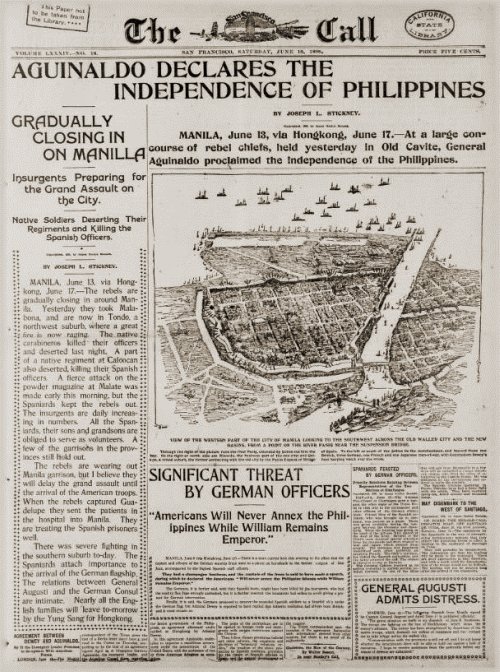 Pics taken from http://philippineamericanwar.webs.com/philippineindependence.htm.
Pics taken from http://philippineamericanwar.webs.com/philippineindependence.htm.
In 1896, the Philippine Revolution began after the martyrdom of José Rizal. Eventually, the Spanish signed an agreement with the revolutionaries and Emilio Aguinaldo went into exile in Hong Kong. At the outbreak of the Spanish-American War, Commodore George Dewey aboard the U.S.S. Olympia sailed from Hong Kong to Manila Bay leading the Asiatic Squadron of the U.S. Navy. On May 1, 1898, the United States defeated the Spanish in the Battle of Manila Bay. Later that month, the U.S. Navy transported Aguinaldo back to the Philippines.
Independence was proclaimed on June 12, 1898 between four and five in the afternoon in Cavite at the ancestral home of General Emilio Aguinaldo some 30 kilometers South of Manila. The event saw the unfurling of the National Flag of the Philippines, made in Hong Kong by Marcela Agoncillo, Lorenza Agoncillo, and Delfina Herboza, and the performance of the Marcha Filipina Magdalo, as the national anthem, now known as Lupang Hinirang, which was composed by Julián Felipe and played by the San Francisco de Malabon marching band.
The Act of the Declaration of Independence was prepared, written, and read by Ambrosio Rianzares Bautista in Spanish. The Declaration was signed by ninety-eight people, among them an American army officer who witnessed the proclamation. The final paragraph states that there was a “stranger” (stranger in English translation — extrangero in the original Spanish, meaning foreigner) who attended the proceedings, Mr. L. M. Johnson, described as “a citizen of the U.S.A, a Colonel of Artillery”. The proclamation of Philippine independence was, however, promulgated on 1 August, when many towns had already been organized under the rules laid down by General Aguinaldo.
However, the declaration was never recognized by either the United States or Spain.
Finally on July 4, 1946, representatives of the United States of America and of the Republic of the Philippines signed a Treaty of General Relations between the two governments. The treaty provided for the recognition of the independence of the Republic of the Philippines and the relinquishment of American sovereignty over the Philippine Islands.
July 4 was observed in the Philippines as Independence Day until August 4, 1964 when, upon the advice of historians and the urging of nationalists, President Diosdado Macapagal signed into law Republic Act No. 4166 designating June 12 as the country’s Independence Day. June 12 had previously been observed as Flag Day and many government buildings are urged to display the Philippine Flag in their offices.
Some local historians might point out that independence in 1946 came with numerous strings attached. The U.S. retained dozens of military bases, including a few major ones. In addition, independence was qualified by legislation passed by the U.S. Congress. For example, the Bell Trade Act provided a mechanism whereby U.S. import quotas might be established on Philippine articles which “are coming, or are likely to come, into substantial competition with like articles the product of the United States”. It further required U.S. citizens and corporations be granted equal access to Philippine minerals, forests, and other natural resources. During hearings before the Senate Committee on Finance, Assistant Secretary of State for Economic Affairs William L. Clayton described the law as “clearly inconsistent with the basic foreign economic policy of this country” and “clearly inconsistent with our promise to grant the Philippines genuine independence.”
But the Philippine government had little choice but to accept these terms for independence. The U.S. Congress was threatening to withhold post-World War II rebuilding funds unless the Bell Act was ratified. The Philippine Congress obliged on July 2, 1946.
AFTER INDEPENDENCE
1946 – Manuel Roxas y Acuña was elected as the first president of the new republic.
1965 – Ferdinand E. Marcos was elected by a big majority as president.
1972 – Martial Law was declared by President Marcos.
1981 – Marcos lifted Martial Law.
1983 – Opposition leader Benigno “Ninoy” Aquino returned from exile and is assassinated on arrival at Manila International Airport; Aquino’s widow Corazon leads the “People Power” protest movement.
1986 – Marcos was declared winner in a presidential election beating Corazon Aquino amid charges of fraud; demonstrations erupt; Marcos flees to Hawaii; Aquino is declared president and forms a new government.
1992 – Endorsed by Aquino, her Secretary of Defense Gen. Fidel Ramos won presidential election. U.S. Philippine congress rejects a new treaty with the U.S. and Subic Bay naval base and Clark Air Field returned to Philippine government, ending American military presence in the Philippines.
1996 – The government of Ramos agreed to greater autonomy for southern island of Mindanao. Moro National Liberation Front (MNLF) ends the guerrilla war with the government.
1997 – Asian financial crisis gripped Asia and the Philippines escaped the crisis despite series of currency devaluations.
1998 – Former movie actor Joseph Estrada became elected president.
2000 – On charges of corruption, the lower house impeached Estrada.
2001 – Estrada was forced to step down due to public outrage over corruption allegations. Vice President Gloria Macapagal-Arroyo assumed the presidency.
2004 – Presidential election took place. Arroyo’s closest rival (a dear friend of Ex-President Estrada) was film actor Fernando Poe, Jr. Arroyo narrowly defeated Poe, taking 39.5% of the vote to Poe’s 36.6%.
2005 – A taped conversation between President Arroyo & an election official surfaced during the 2004 elections implying she influenced the official election results. Calls for her resignation and demonstrations followed soon after. In September 2005, Congress voted down the filing of an impeachment against Arroyo.
2007 – Former President Joseph Estrada was convicted of plunder, the first ever in the history of the Philippines.
2010 – First automated national elections in the Philippines.
2010 – Benigno “Noynoy” Simeon Cojuangco Aquino III won the Presidential elections and sworn in at Manila’s Rizal Park on June 30, 2010.

Pics taken from http://www.csmonitor.com/From-the-news-wires/2010/0630/Benigno-Aquino-III-takes-oath-of-office-sworn-in-as-Philippine-leader.
References:
http://www.infoplease.com/spot/philippinestime1.html
http://www.philippine-history.org/timeline.htm#chitika_close_button
http://en.wikipedia.org/wiki/Timeline_of_Philippine_history
http://yannahthewanderer.wordpress.com/2012/02/28/manila-philippines-an-introduction-and-a-historical-background/
http://en.wikipedia.org/wiki/History_of_the_Philippines


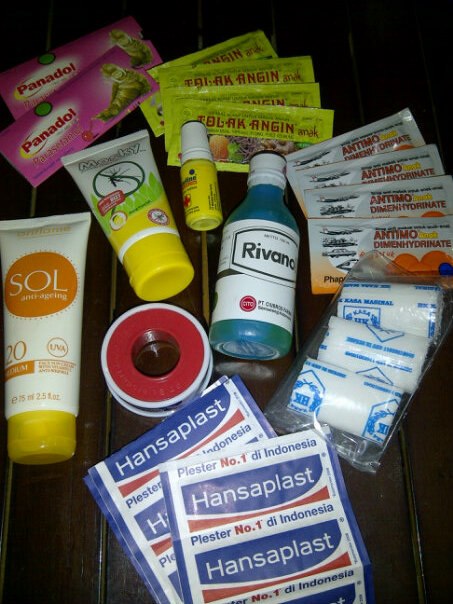
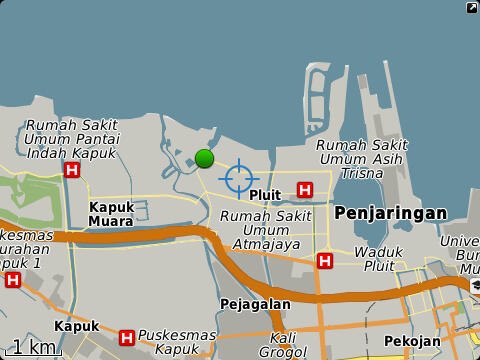
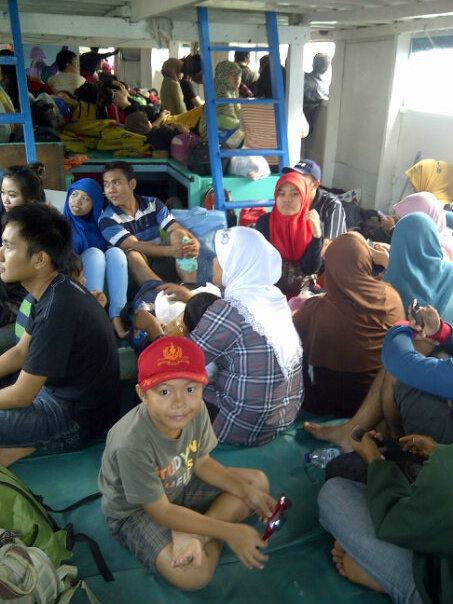
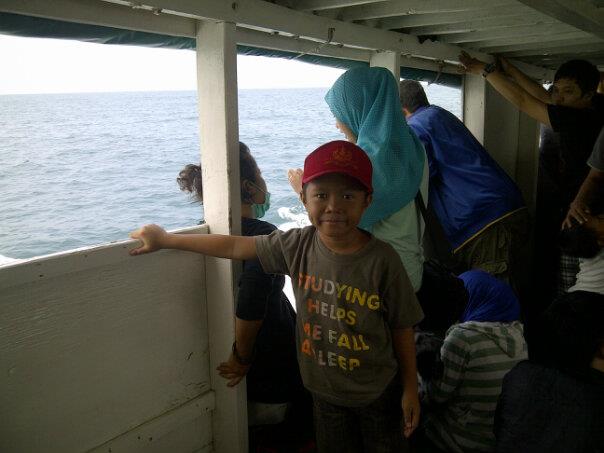
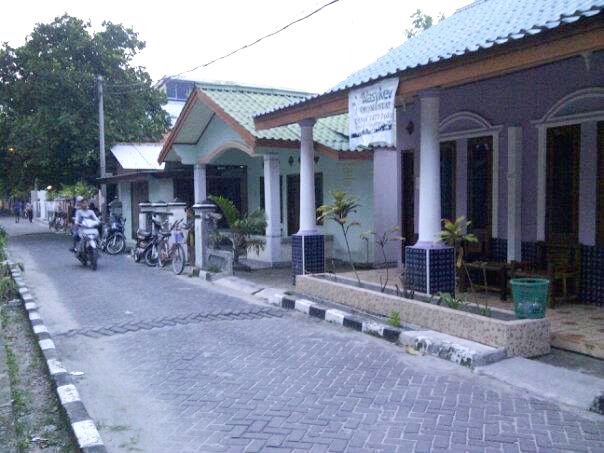
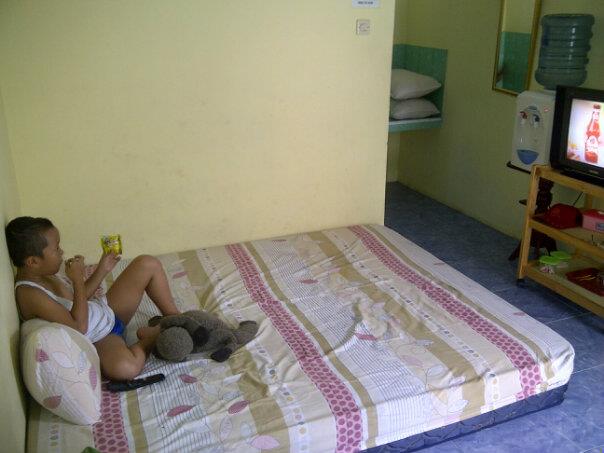
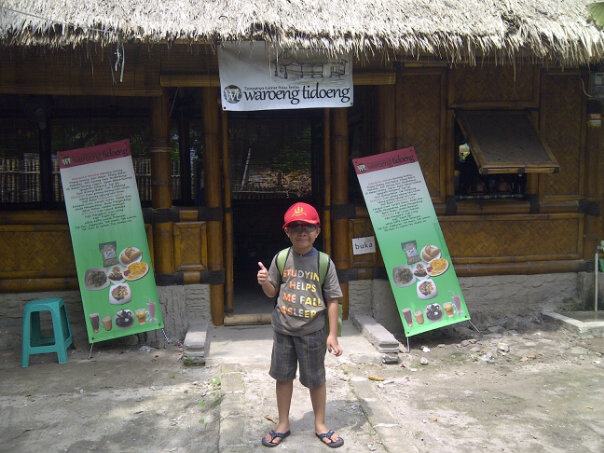
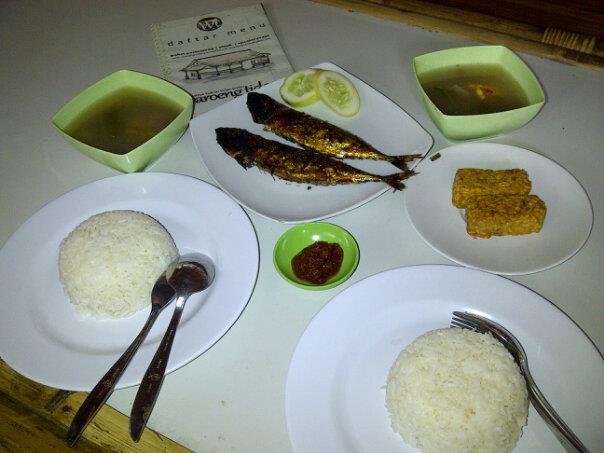
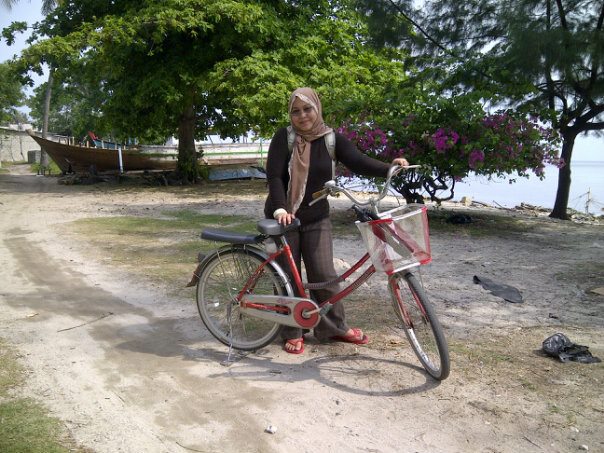
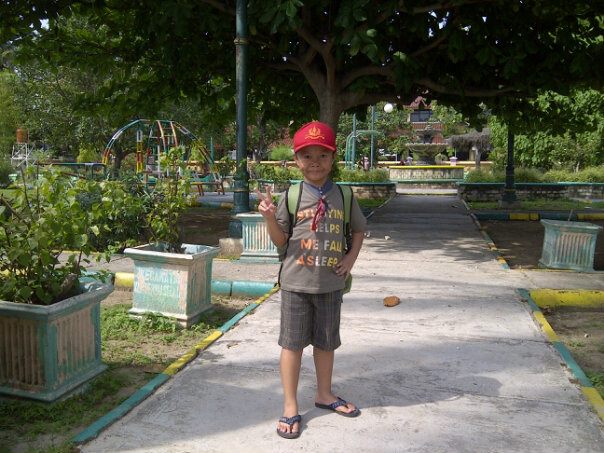
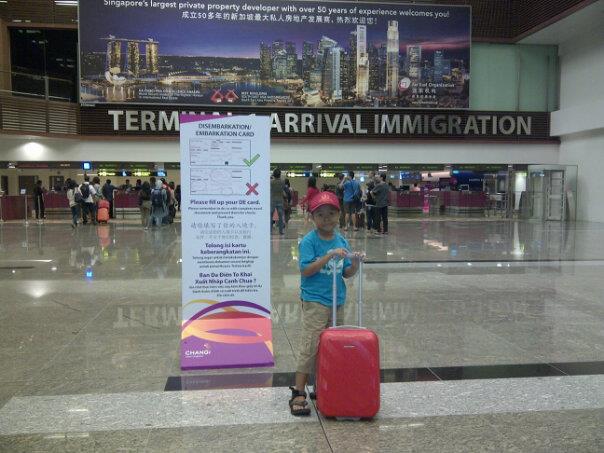
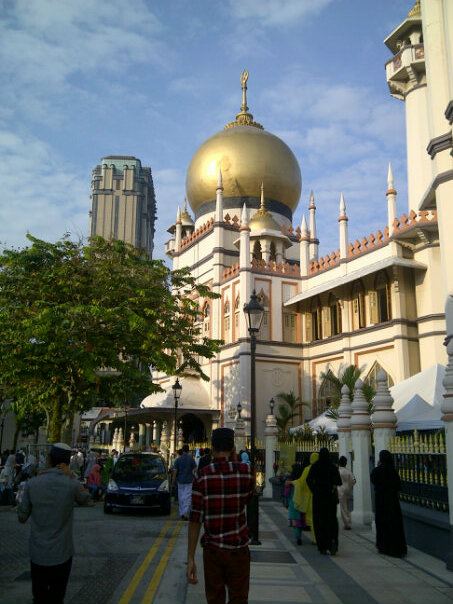
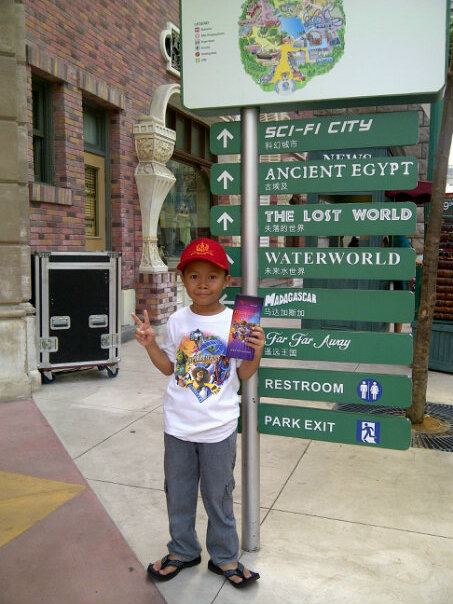
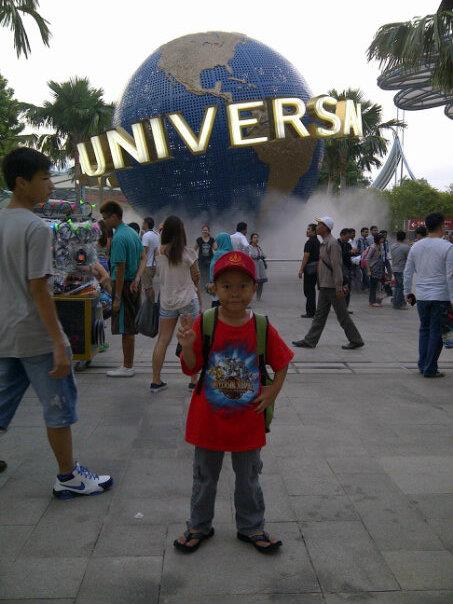

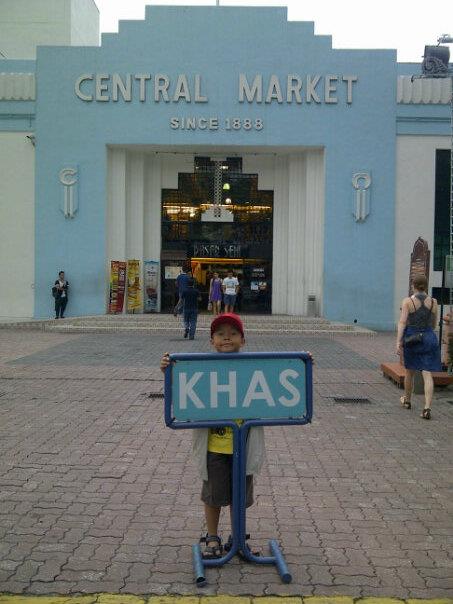
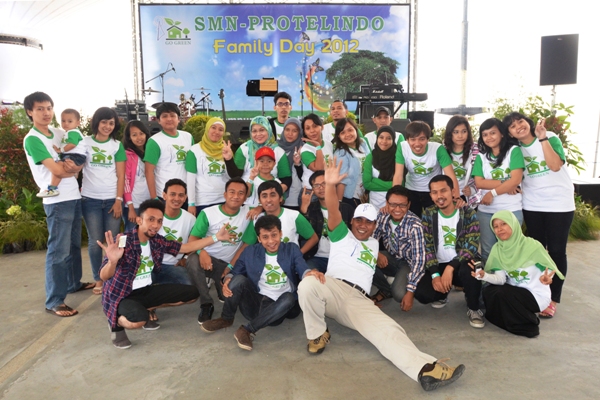
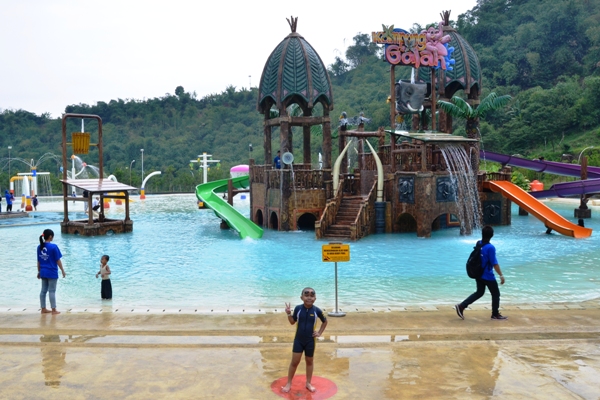
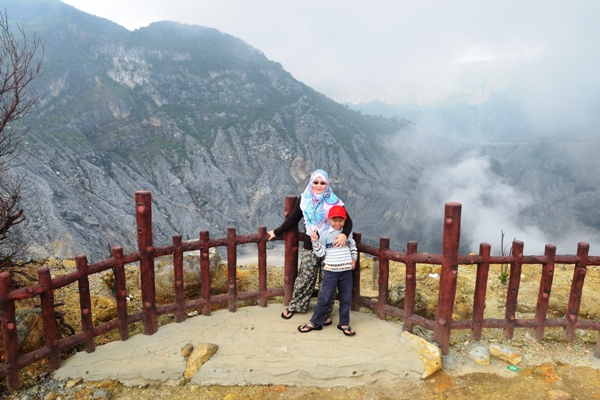
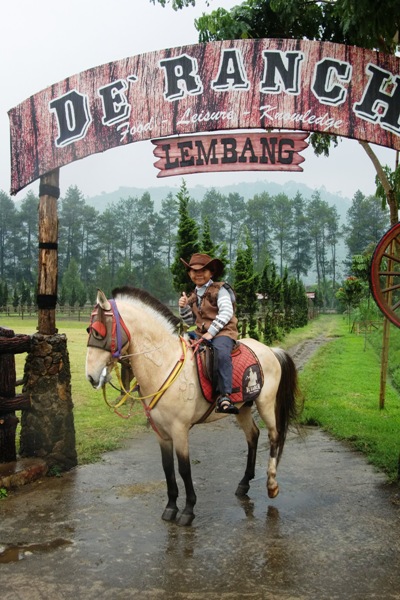
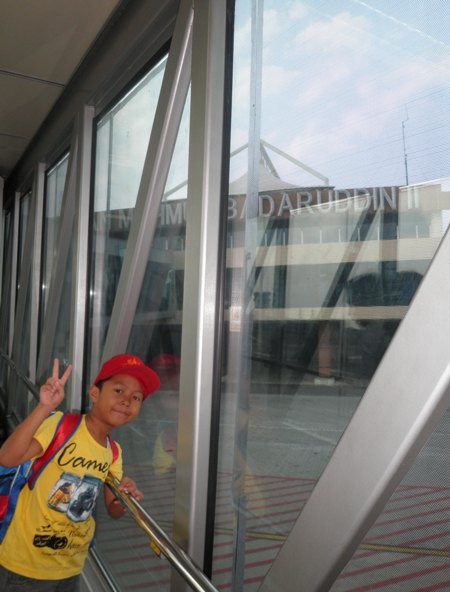







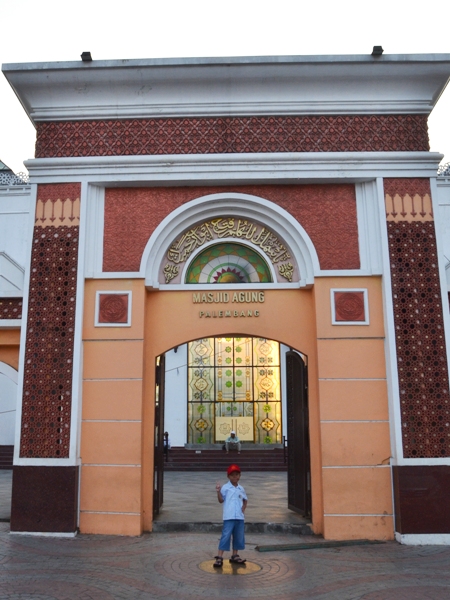

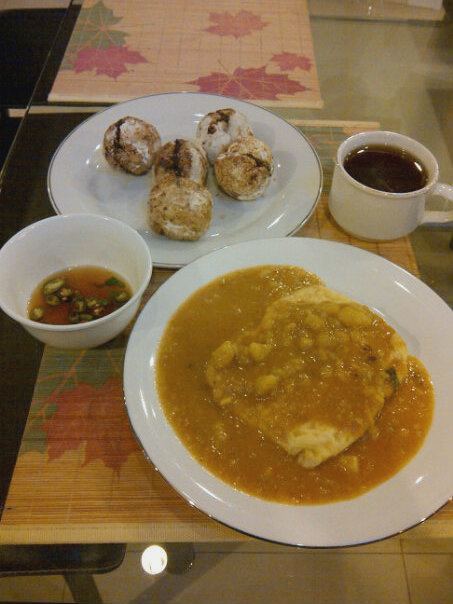
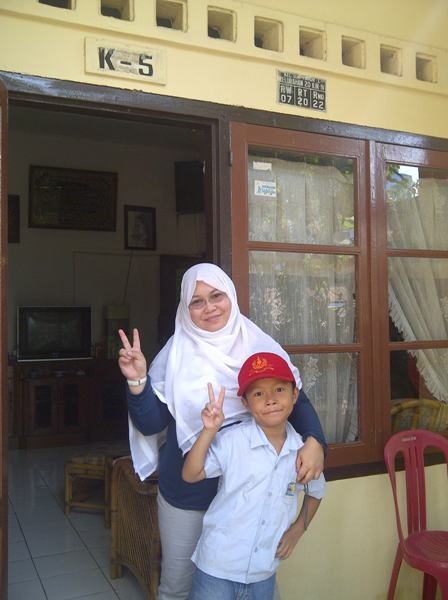

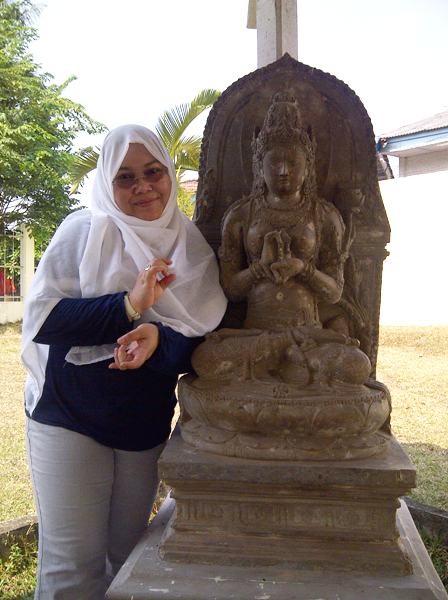
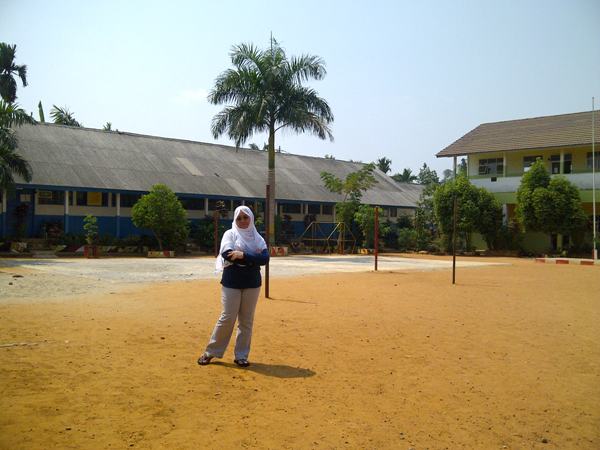
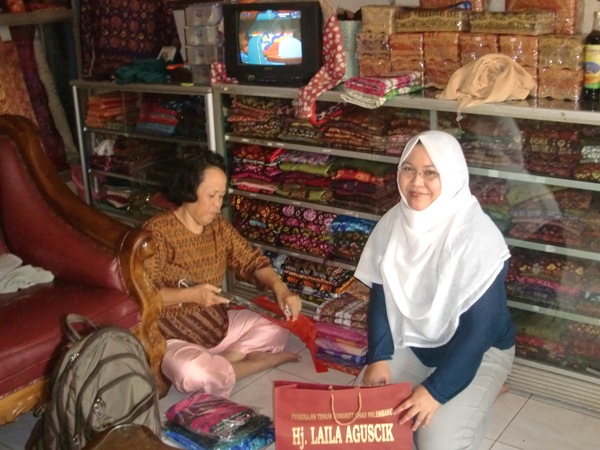

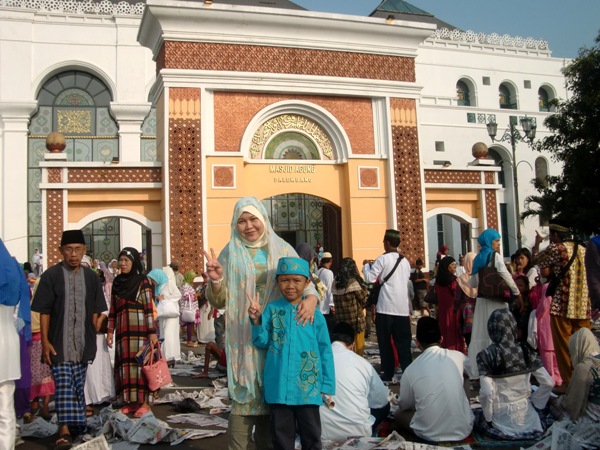


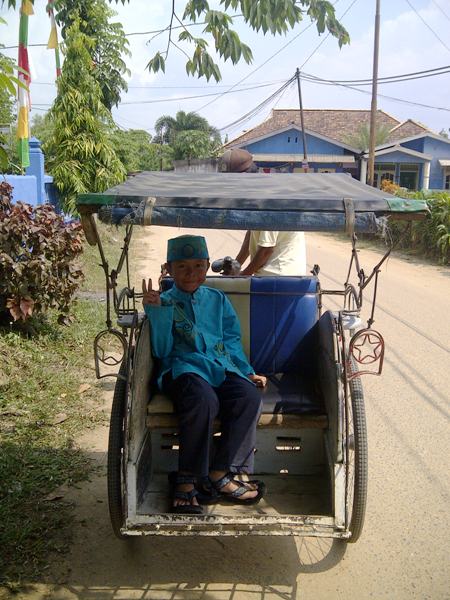



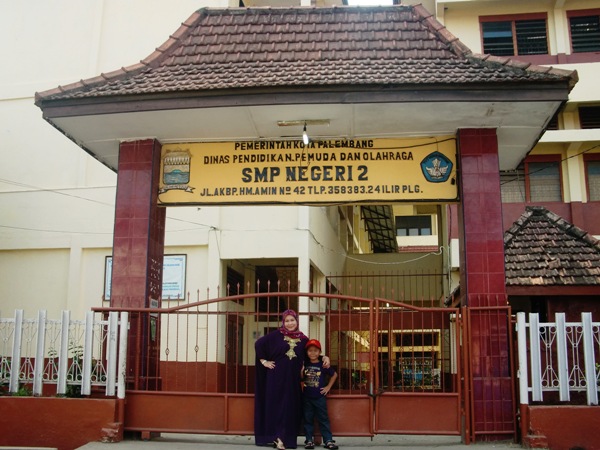






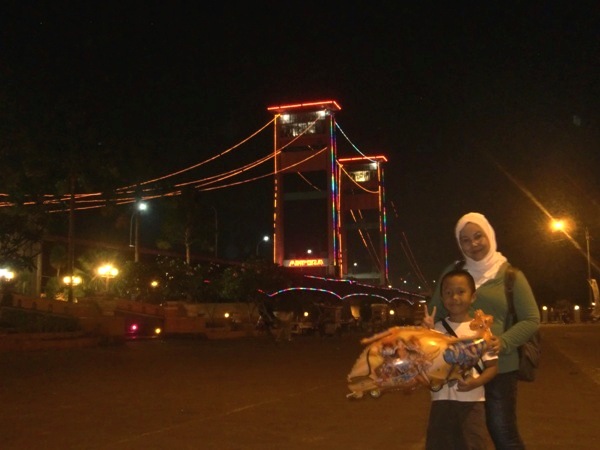










 Afghan camels. ;p
Afghan camels. ;p

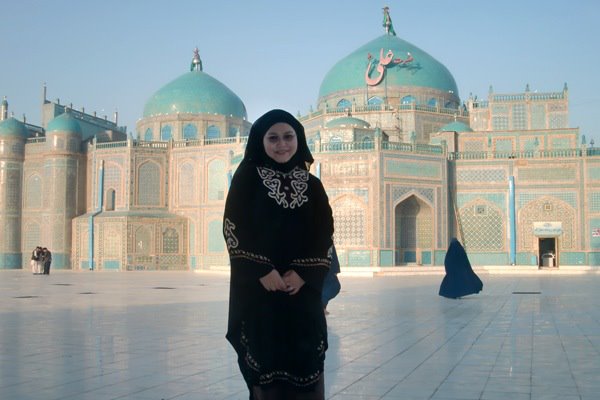


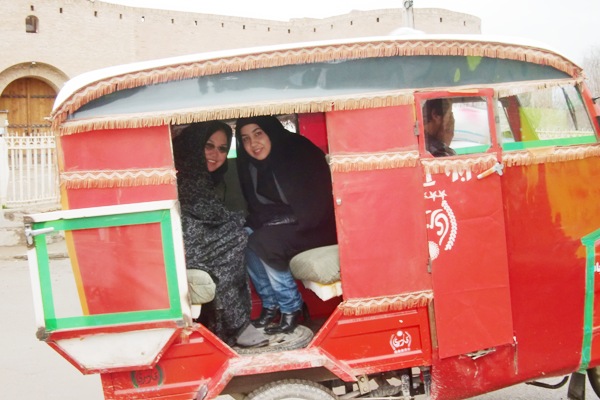


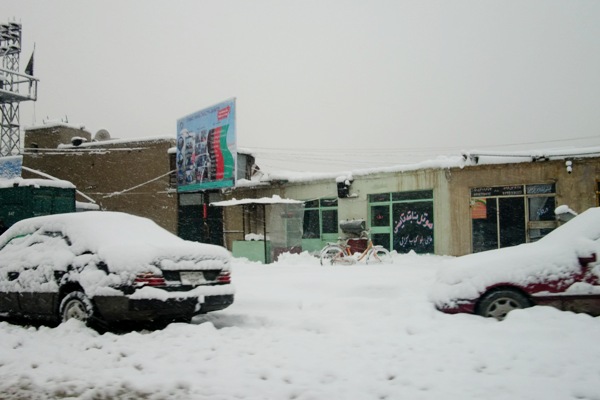
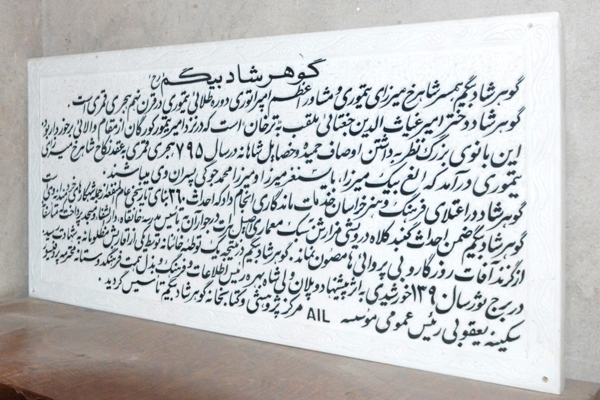 A marble that told story about Her Majesty Queen Goharshad.
A marble that told story about Her Majesty Queen Goharshad.

